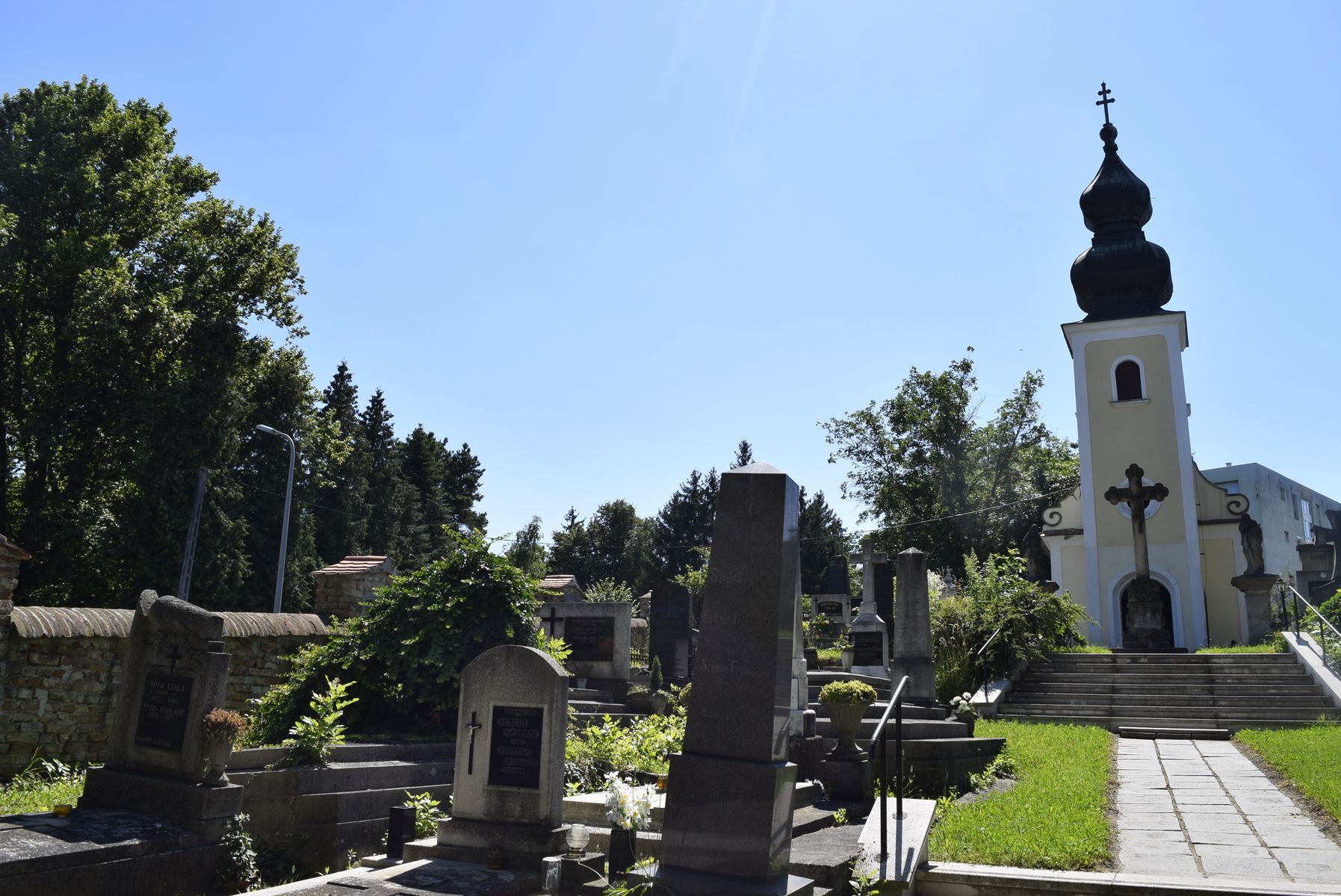From Calvary to calvary: a stroll on the ‘mountain’ - From Calvary to calvary: a stroll on the ‘mountain’
Tours

If you are interested in the world of the cozy vineyards of Zala, you should go from calvary to calvary! Do not be alarmed, however, you don’t have to go through the mill, but the beautiful hills surrounding the city, or as we, locals like to call them ‘the tops of the mountains’. Get absorbed in the beauty of Zala’s landscape, and enjoy the wonderful panorama!
The Calvary Chapel stands on the small hill next to the Roses’ Square, signalling to the passers-by that it tells stories about Zalaergerszeg’s past. The chapel had already stood in 1751, it was built by the Tailors’ Guild and named after Saint Helena. It is surrounded by the city’s ancient cemetery with one of the oldest grave signs belonging to the sandstone tomb of János Gothard bootmaker, the former caretaker of the Trinity Statue at Mindszenty Square. If you decide to visit, you can find reliefs made in the 1930s on the inner side of the fence wall, which show the calvary of Jesus.
The monastery built for the Notre Dame Order between 1927 and 1929 stands tall like a castle. Its thick walls have witnessed adventurous, stormy decades. The order got the impressive building, which demands respect in all its greatness. A school operates inside its walls, which was named after József Mindszenty,who played a crucial role in the foundation of the monastery.
Ezen a helyen nem csak a zalai konyha remekeiből, a szőlőhegyen élő emberek ételeiből és italaiból kaphatsz ízelítőt, a hegyháton sétálva csodás panoráma is fogad, ráadásul a Gyuri Csárda tetején emelt 9,5 méter magas kilátóból beláthatod a völgyben elterülő várost is.
The mountain top was guarded by a belfry even decades ago, which is only a mountain according to local terminology. However, we can see exceptional panoramic view from its top, which provides a wonderful background for the chapel and cavalry built with joint local effort. We would like to recommend the hikers the cross nearby, which is the meeting point of touristic routes.
